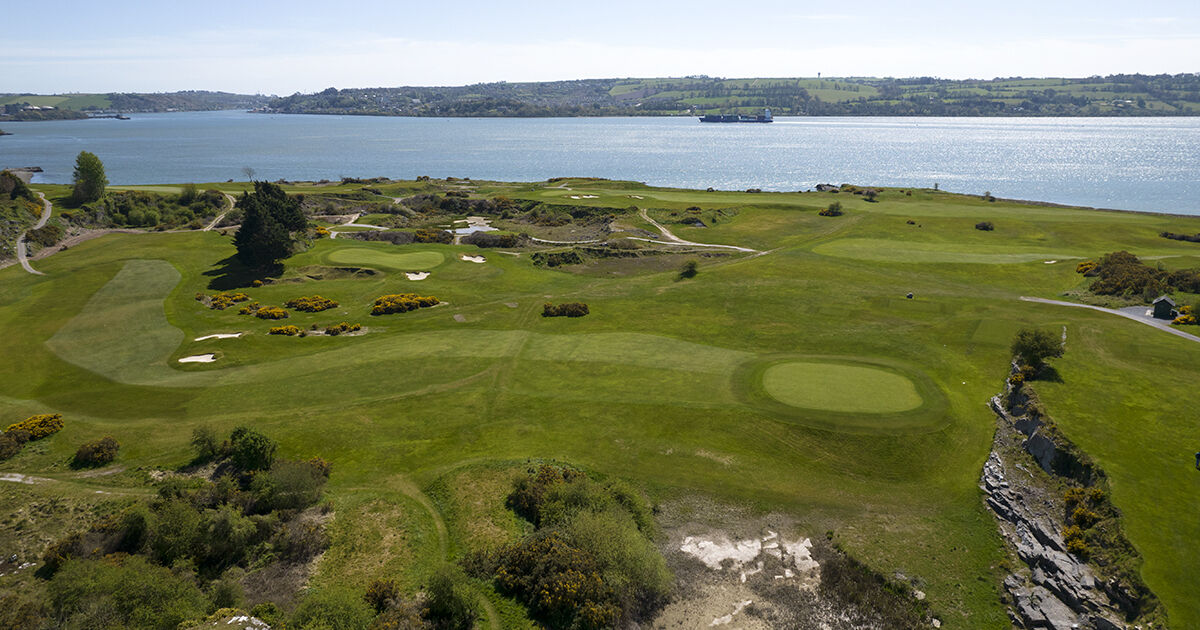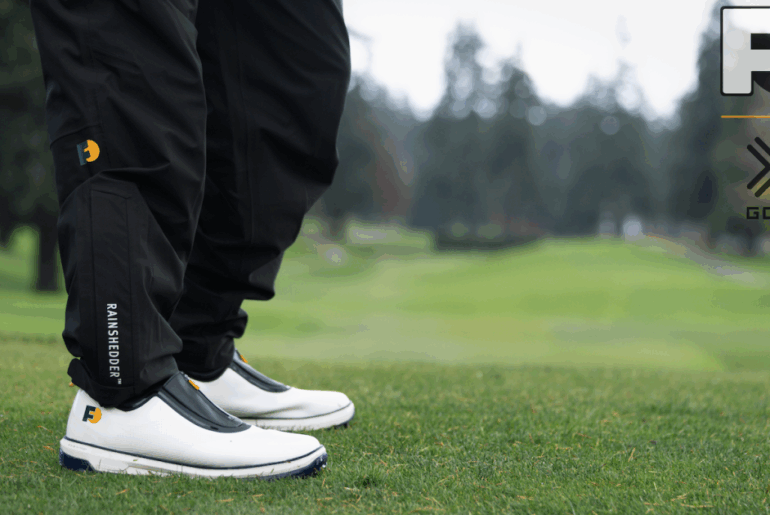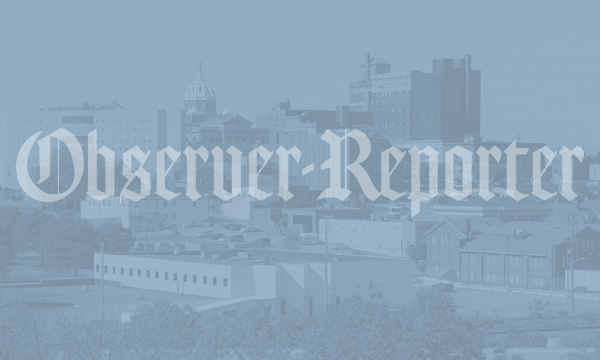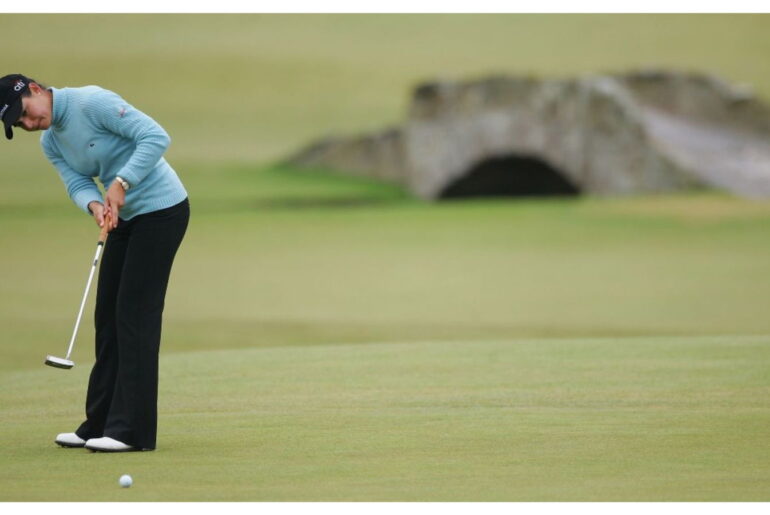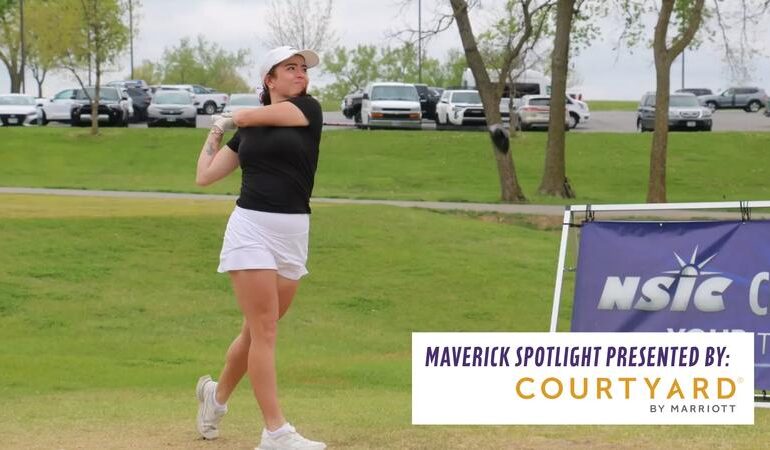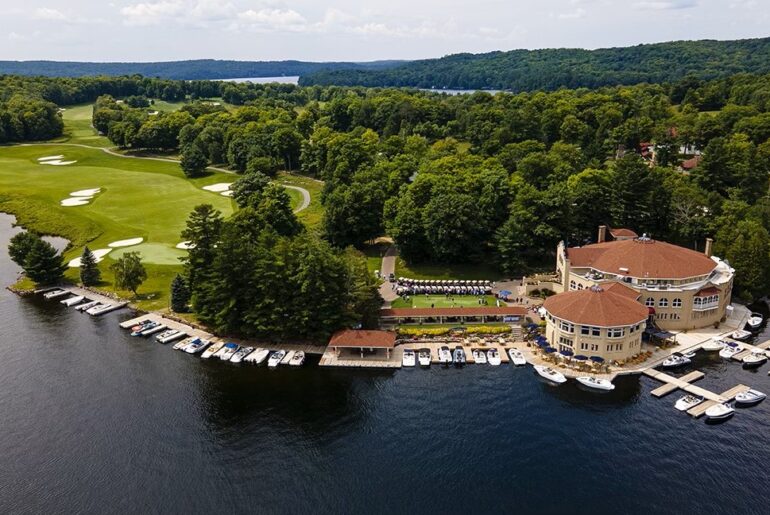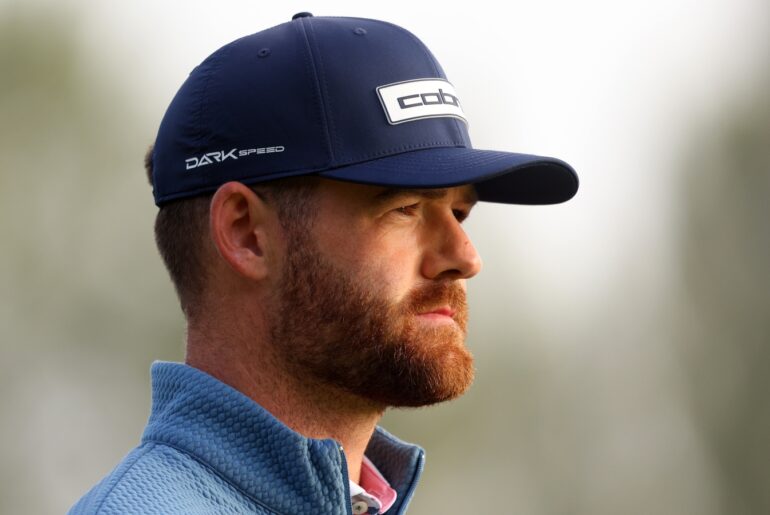The first recorded instance of golf being played in Cork dates back to 142 years ago when the game was played by British military personnel stationed in the area.
These early players sought out suitable land for informal play before formal clubs were established, and in many cases, the first courses were next to barracks or garrisons.
Golf historian and former Irish Examiner reporter Tim O’Brien spent many years researching the origins of the game in Cork, and he was happy to designate Fota as the first place that golf was played in Cork.
“I am able to pinpoint 1883 as the historic beginning year for the sport in the southern capital as documentary evidence states that the opening game was played near Fota House.
“There are references around that time also to British garrisons’ golfing activity at Fermoy and Kinsale.”
An eight-hole course was laid out in Kinsale by army officers, four miles outside the town at their camp. From there the sport thrived with many different courses popping up in the county.
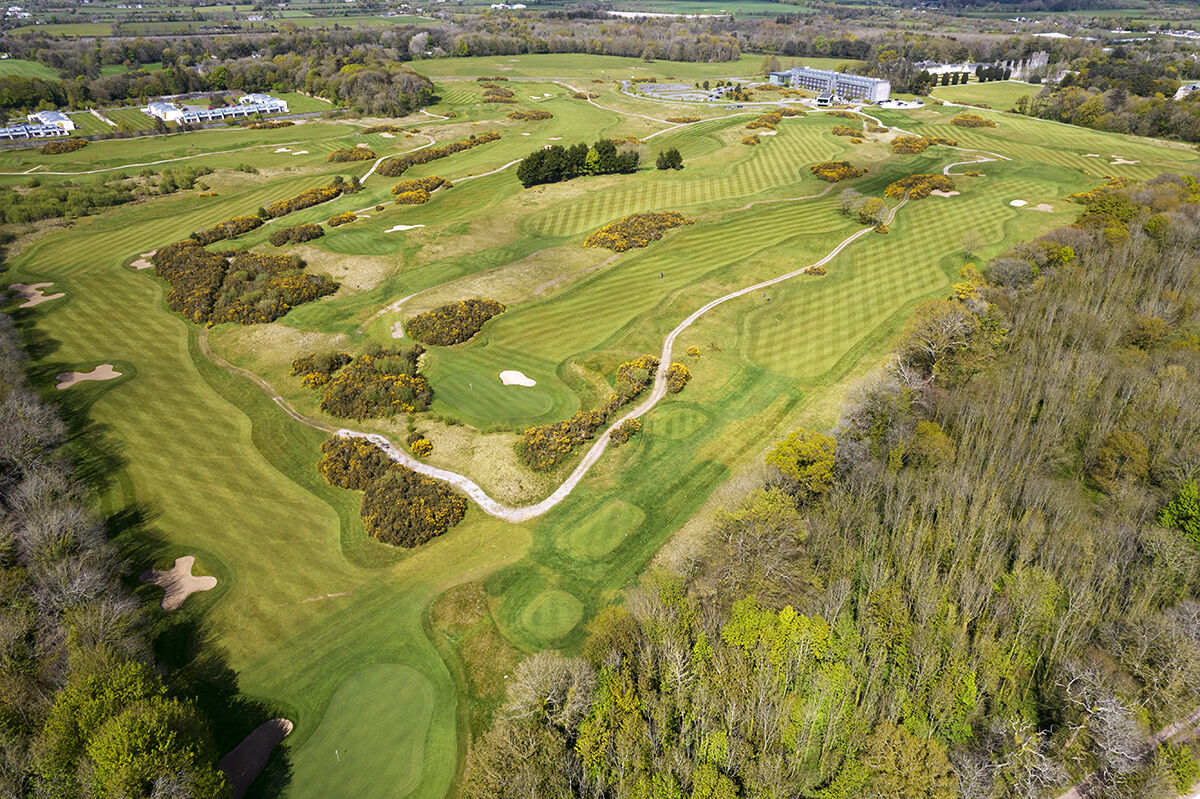 The back nine at Castlemartyr Golf Links Picture: Niall O’Shea
The back nine at Castlemartyr Golf Links Picture: Niall O’Shea
“Research shows that in the following decade Rathcooney, Glanmire, Rushbrooke, Mallow, Coachford and the St Anns Hill Hydropathic Centre, near Tower, had golf courses and clubs, only for each of them to lapse over a period of time,” added O’Brien.
Cork Golf Club is the oldest recorded Cork club, formed in 1888 in its original location in Rathcooney.
The very first inter-club matches took place before the turn of the 20th century, with Lady Barrymore opening Fota for a match between the members of Cork and Rushbrooke.
While Fota Island has an impressive layout of 27 championship holes, and has hosted the Irish Open on three occasions, the original course was laid out next to Fota House with the area retaining its name as the Links Field for many years.
With very few private cars on the road, the location of many new courses was dictated by the train network, with courses being laid out at Kilbrittain, Courtmacsherry and Coachford among others.
Many of the early courses moved or closed, but between 1900 and 1920 the numbers grew rapidly, and several of those clubs are still there today.
Muskerry, Monkstown, Bandon Kinsale and Douglas were all formed in the two decades and all are still highly influential in the sport in Cork. As the game developed, golf in Cork during the early 20th century was not just a sport but also a key social activity.
Many golf clubs functioned as exclusive gathering places where the city’s elite mingled.
Golfing events, including friendly matches and tournaments, were major social occasions, often accompanied by formal dinners and dances. Women’s participation in golf also began to grow during this period, with many clubs forming ladies’ sections to cater to an increasing number of female golfers.
The development of golf in Cork, like elsewhere in Ireland, was affected by major world events such as World War I and the Irish War of Independence.
During these times, some courses struggled to maintain membership numbers, and financial constraints made it difficult to expand facilities. However, by the 1920s and 1930s, it had rebounded strongly.
One of the notable elements of the development of the sport in the ’20s was the arrival in Cork of Dr Alister MacKenzie in 1925.
His first appointment in Cork was in Little Island, the new home of Cork Golf Club where he redesigned a number of tees and greens in addition to creating three new holes. He also redesigned many of the bunkers which remain one of the signature elements of the course today.
MacKenzie also had a major hand in the development of Muskerry, his plan saw Muskerry extended to an 18-hole course for the first time in 1925. He was also involved in an extension and bunkering in Monkstown as well advising Douglas on developments.
The removal of the West Cork train service played a part in the demise of several courses, although new courses continued to spring up in Kanturk, East Cork and Bantry in the ’60s and ’70s.
While the game was growing, it was at a slower pace.
In the ’80s and ’90s golf boomed again in Cork with over a dozen new courses opening, stretching from Schull to Carrigtwohill.
There have been three new developments since 2000. Blarney Golf Resort, designed by John Daly opened in 2006.
Cobh moved to a new championship course in Belvelly in 2007 while Ron Kirby designed a new “inland links” course in Castlemartyr as part of a major development around the same time.

